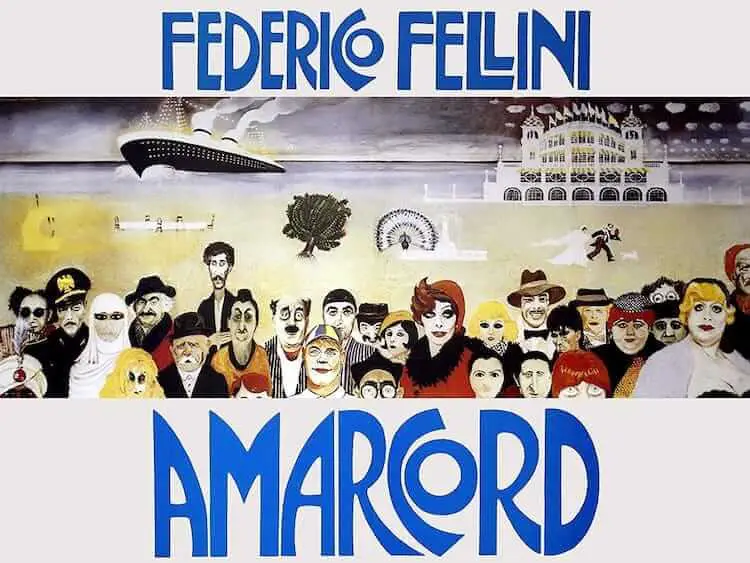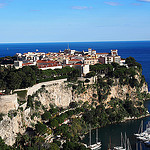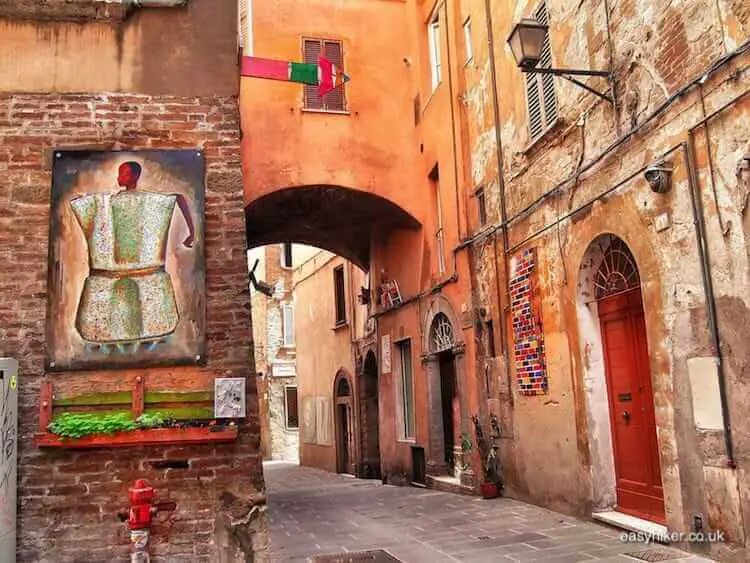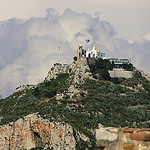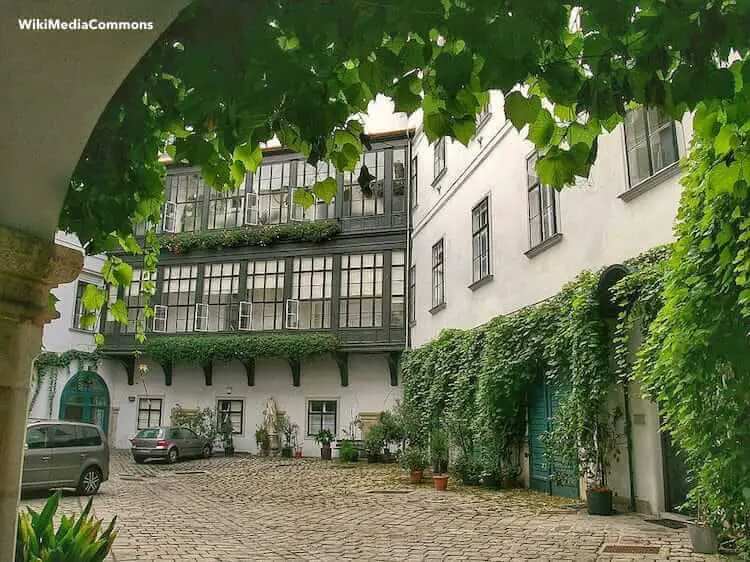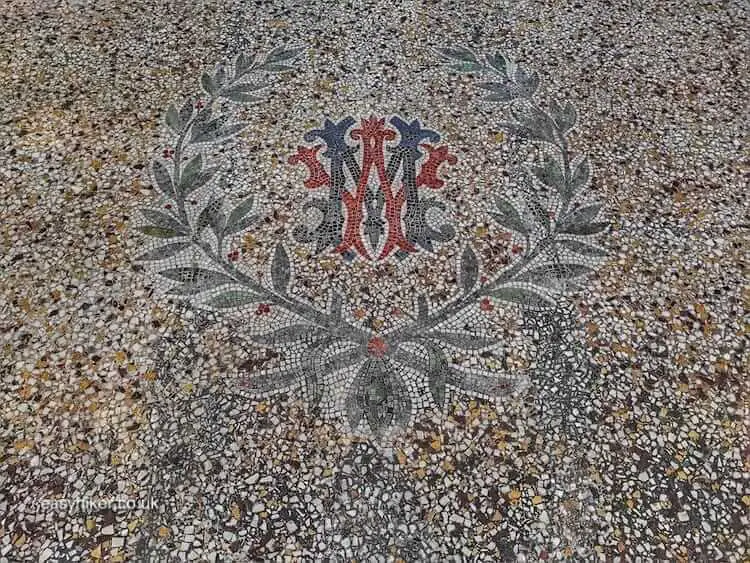More than any other Italian city, Turin is a creature of modernity. For 200 years, it was the engine room of Italy’s intellectual, political and economic development of becoming a modern state: always ahead of its time, looking boldly into the future.
But then, at the end of the 19th century, it suddenly decided to look back – to create a medieval past for itself from whimsy and imagination.

For six months in 1884, Turin hosted the General Italian Artistic and Industrial Exhibition, one of those World Fairs that were enormously popular in the second half of the 19th century.
Usually, virtually all showpiece buildings of these exhibitions – like the Crystal Palace (London 1851) and the Eiffel Tower (Paris 1887) – were trying to anticipate the architectural trends of the future.
But the most forward-looking city of them all went in search of the past, of medieval Turin.

Where to get a glimpse of medieval Turin
Today, little survives of medieval Turin. 19th century urban renewal projects (to make Turin a suitable national capital) and the carpet-bombing of WWII took care of that. (Turin was one of only four Italian cities that were subjected to a sustained allied bombing campaign.)
As a result, post-WWII Turin is – even more than its 19th century predecessor – a city of broad and airy boulevards …

… where modernisms from different periods coexist and complement each other to make up the town’s unique flavour.

Originally, something more in harmony with this flavour of modernity had been planned as the architectural centrepiece for the 1884 Fair.
The interdisciplinary planning commission of writers, artists and historians, however, quickly came under the influence of a persuasive Portuguese gentleman scholar named Alfredo d’Andrade who successfully argued in favour of recreating a specific moment from the past, narrowly focused in time as well as in space.
And thus the idea of rebuilding a Piemontese village from the 15th century was born.

The planning and development of the walled-in Borgo was nothing if not meticulous. A list was drawn up of 15th century palazzi, churches and handsome residences from the region, and the members of the commission visited all of them in an effort to re-create the style and the spiritual essence of the period as faithfully as possible.
Art historians can identify which original provided the blueprint for every single piece of street furniture, window frame and wall painting.

At the same time, however, these experts also make clear – as you can read on the information panels that are displayed in the Borgo – that the end result is not an authentic replica and that the Borgo is interesting and historically relevant chiefly as a window into the mind of 19th century folk and their way of interpreting the past. (I wonder how many of the Borgo’s annual 500,000 visitors see it that way.)

Before dismissing the art historians’ point as “too-clever-by-half”, however, we should perhaps remember that the Middle Ages were one of the main battlegrounds for the 19th culture wars, which still have a certain relevance today.
Artists and intellectuals from Richard Wagner to William Morris used the Middle Ages as a stick to hit the industrial age with, mainly by comparing the two periods’ different systems of organizing and valuing human labour.
The Borgo in its initial form also made a contribution to that debate: workshops were installed under the porticoes, and visitors of the exhibition could see how their own working lives might be compared to those of “medieval” craftsmen who created something out of ceramics, wood and iron.

The Borgo is quite small, consisting of roughly a dozen buildings, of which are merely facades (a little like a movie set), and one fully furnished castle that can also be visited from the inside. (In theory at least: it was closed for renovation when we visited. When open, they will charge you a small fee for visiting the castle, while the rest of the Borgo can be seen for free.)
Once you have seen everything, you may want to slip out through a side entrance …

… into the rest of the park.
Oh yes, I forgot to mention: the Borgo Medievale is located inside Turin’s most popular green space, the Parco del Valentino, which recently won a prize as Italy’s Best Park.
You can walk around the back of the Borgo …

… and then stray further afield, familiarizing yourself with all the different faces of the Parco del Valentino.
There is much to enjoy, from ornamental features …

… to sweeping views down the River Po on whose banks the Parco has been laid out.

And believe it or not: the park hosted national and international motorsport events throughout the 1930s and 40s, including the first ever Formula 1 race, the Turin Grand Prix, in 1946.
In 1955 when the Grand Prix de Valentino was last held (and one part of the course ran directly behind the Borgo), the legendary Alberto Ascari won, and his record of the fastest lap around the park (1 min 42 sec in qualifying) still stands.
You should, however, not try to rival the great Ascari and instead take your time while exploring the park at leisure. You will win no golden cup for this but a great holiday experience.


